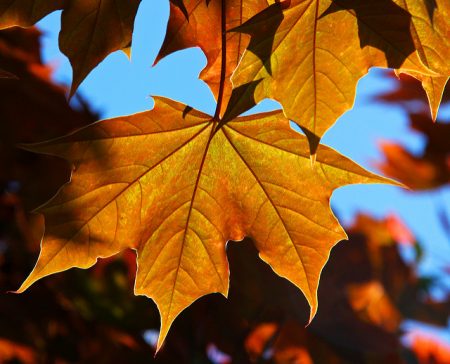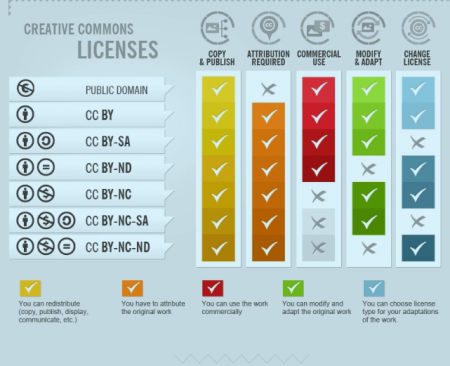Your choice! Selecting a Creative Commons Licence for your thesis.
Until now, all doctoral theses awarded by Imperial College London and uploaded to Spiral were automatically licensed under a Creative Commons Attribution, Non-commercial, No Derivatives Licence (CC BY-NC-ND).
Some students felt that this licence was too restrictive and that they should be able to choose a more permissive Creative Commons licence for their thesis. In October this became possible.
So who are Creative Commons and what licences do they offer?
Creative Commons are a non-profit organization. They realised that even when the creator of work wanted their work to be available to be copied, shared and re-used, sometimes copyright laws prevented that from happening. As a result, they created six easy to read licences that anyone could apply to their work. These are now widely used by publishers, photographers, and educational establishments to facilitate content sharing.
All the licences allow a licensed work to be copied and shared on the condition that the original creator of the work is attributed. Attribution is another term for acknowledgement and you should either acknowledge the work as requested by the creator or using your preferred referencing style. The acronym TASL (title, author, source, licence) can help you remember what to include.

NonCommercial licences (NC) prohibit a work being used commercially, for example in a commercially published book or journal article. While NoDerivative licences (ND) prohibit reuse and redistribution of adaptions of a work. ShareAlike licences (SA) require you to distribute any derivative works you create under the same licence as the original.
The table below show how the different elements are remixed to form the six licences.

Which licence do you recommend?
We understand that not all students will find it easy to make a choice. In this situation, we suggest you choose a Creative Commons Attribution-NonCommercial Licence.
This licence allows others to copy and redistribute all or parts of your thesis and also distribute modified versions of the work but only on the condition that they credit you as the author and do not use it, or any derivative works, for a commercial purpose.
It does not permit others to pass your work off as their own or ask a commercial publisher to publish it in a book chapter or journal article.
Having chosen my licence what next?
There are two actions you need to take. The first is to select a copyright statement to insert at the beginning of your thesis. This should be one of the statements displayed on the Selecting a Creative Commons licence webpage. Here you will see six different licences, one for each Creative Commons Licence.
The second is to select a matching Spiral licence when you upload the corrected version of your thesis to Spiral. As this won’t happen until after your viva examination we recommend that you look back at the copyright statement you inserted into your thesis before making your selection. The Creative Commons Licence mentioned in the copyright statement and the Spiral distribution licence must match.
Now I’m just confused!
Picking a licence for your work can be confusing. Try watching this short video. It will talk you through everything, show you a quick way to pick a licence and includes a screenshot of the spiral upload screen.
Good to go
You should now feel fully equipped to choose a Creative Commons Licence for your thesis but if not email library@imperial.ac.uk for further assistance.
Remember that if you cannot decide which licence to pick you can just select a Creative Commons Creative Commons Attribution-NonCommercial Licence.